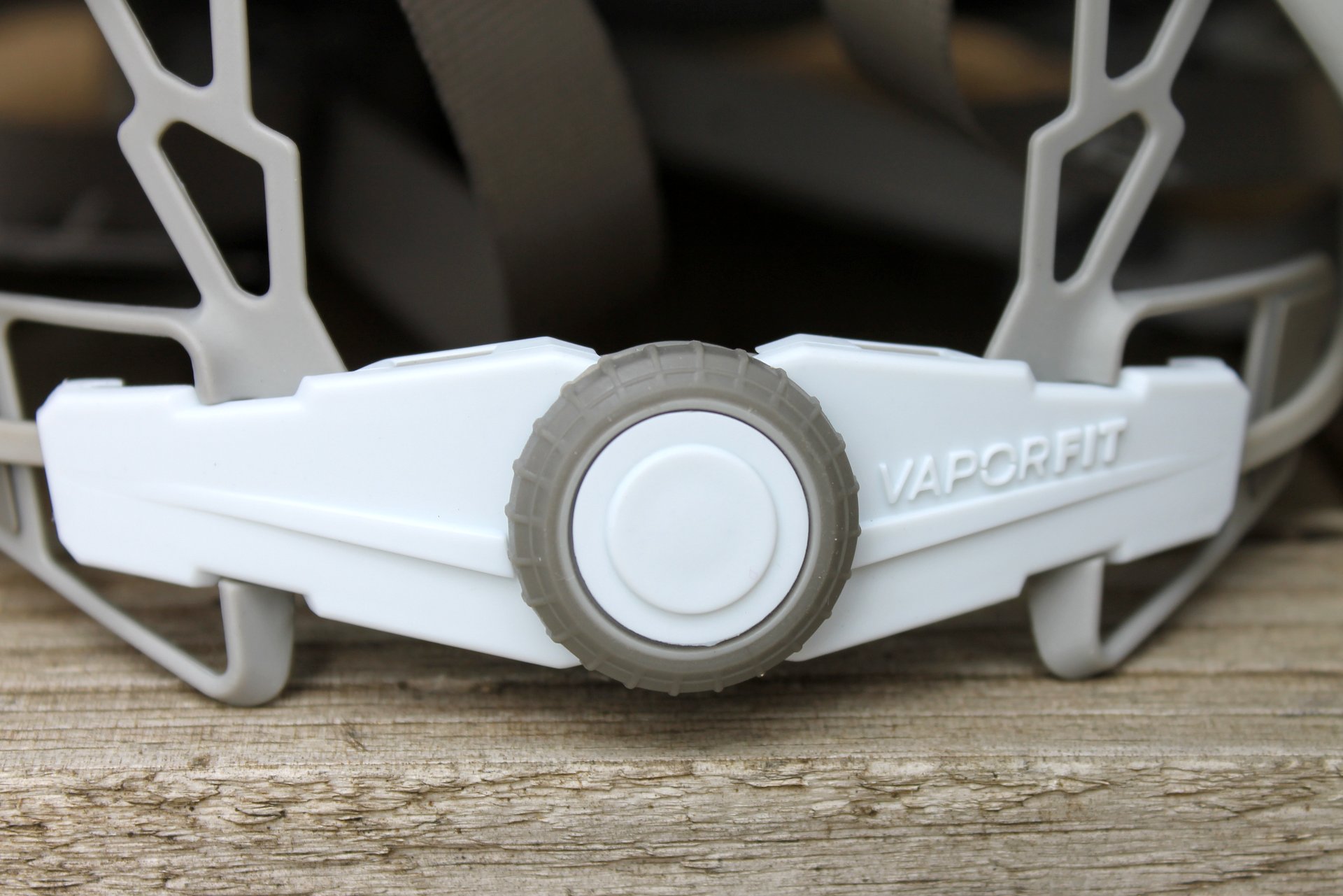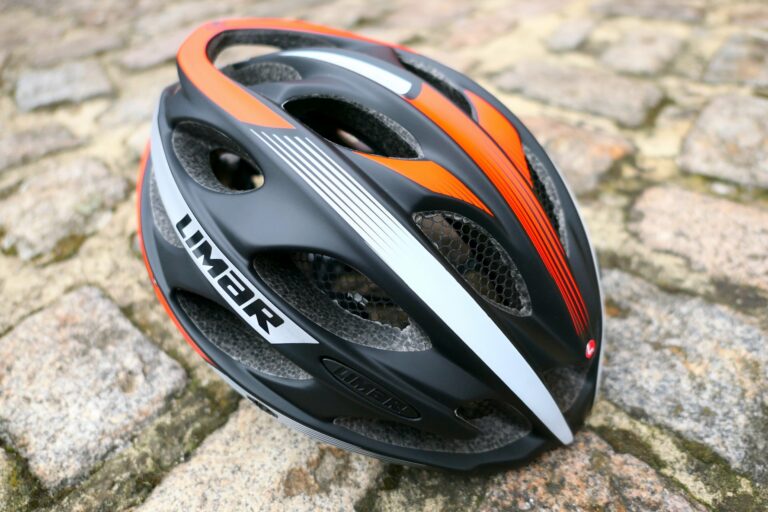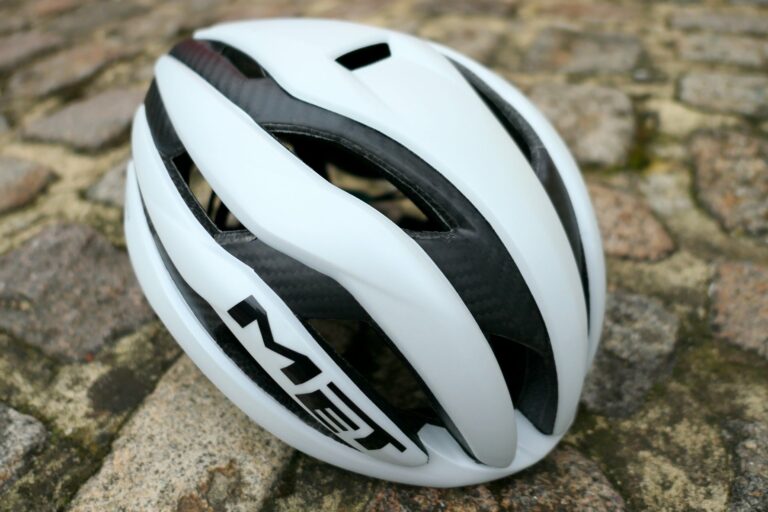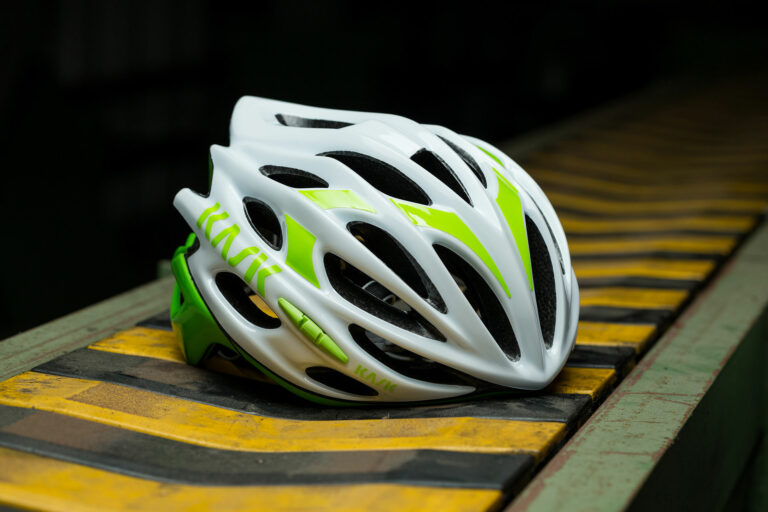When the Smith Overtake helmet arrived in the postbag ready for testing, it was immediately distinctive. Normally you can’t say that about a lid, but Smith’s aero road helmet really does look like a well-engineered piece of kit.
Its main purpose is to be an aero helmet while also providing good levels of ventilation, all the while giving excellent protection (of course). To achieve this, Smith came up with the ‘Aerocore’ concept, which makes the most of a striking material known as ‘Koroyd’ that firstly absorbs and then apparently disperses more energy on impact, while also helping to create a boundary layer of air that can flow over the head, according to Smith.
Simultaneously, it also allows the EPS foam helmet shell to feature more vents – 20 at our count, and 21 if you choose to count the rearmost hole as two – so ventilation is intended to be very good despite the aero properties of the lid.












